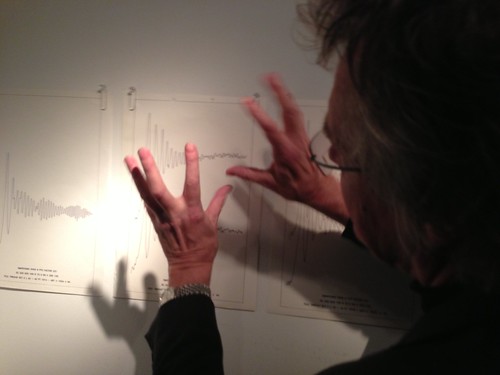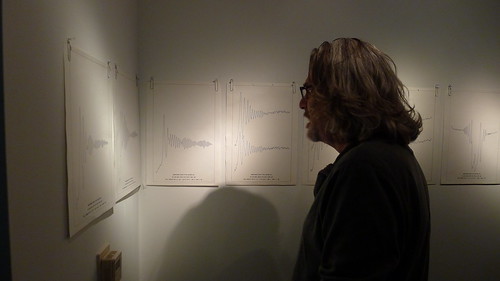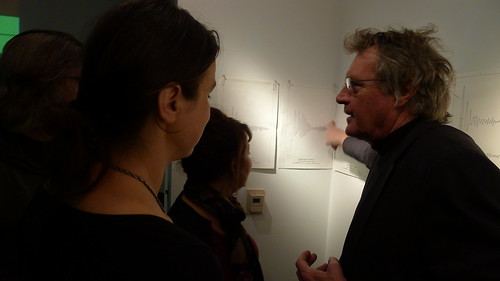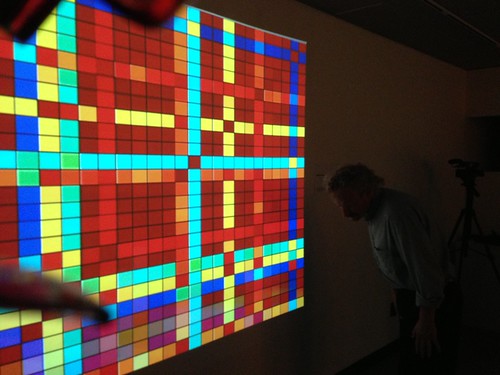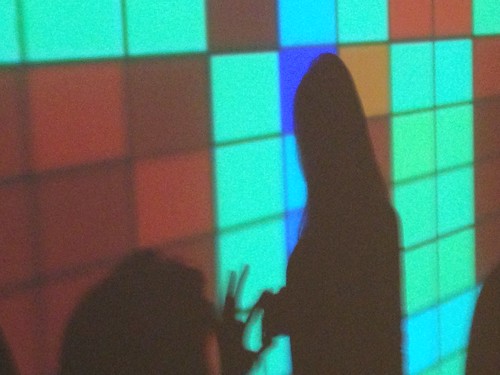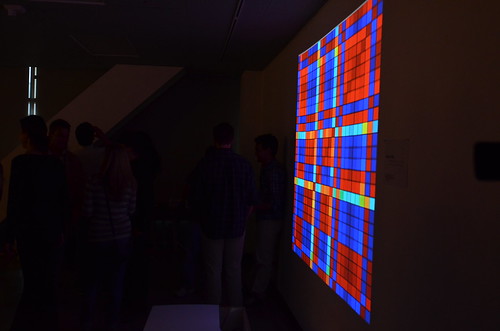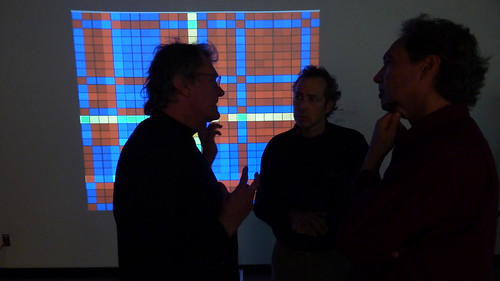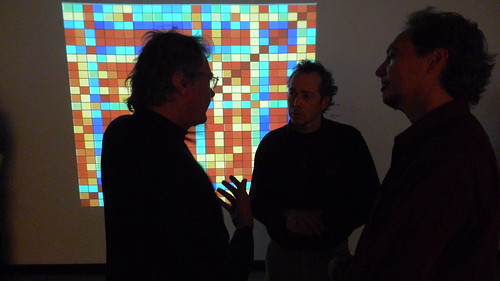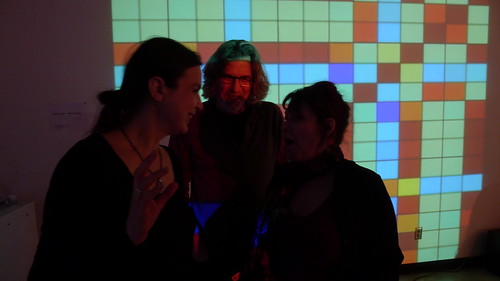By Erin Reyes
They sing, they dance, they play instruments – no, I’m not
talking about the latest group of triple threats to audition on America’s Got Talent; they’re the newest
crop of CSST students!
Students belt out the Beatles’ hit song “Hey Jude” for their
fellow CSST scholars. Photo Credit: Andrew Jesena
|
CSST, the Cross-disciplinary Scholars in Science and
Technology, is a ten-week program that brings together students from all over
the globe to carry out their scientific research under the advisement of UCLA’s
world-class faculty. Since it was established in 2008 by Dr. Ren Sun, a
professor in the Department of Molecular and Medical Pharmacology and CNSI member, with support
from UCLA’s Executive Vice Chancellor and Provost Scott Waugh, the program has
hosted 432 of the brightest minds from Asia and across the globe, with an
additional 89 students this year.
Dr. Ren Sun, founder and director of CSST, gives a
presentation in the CNSI auditorium. Photo Credit: Andrew Jesena
|
A group of CSST students practice their dance routine for
the morning talent show. Photo Credit: Andrew Jesena
|
Energetic students perform the ubiquitous Gangnam Style
dance for their peers during one of the morning talent shows. Photo Credit:
Andrew Jesena
|
“I joined the CSST program because it is a research program,
not a program aiming for English study,” said Karen Shih, a first-year grad
student at Waseda University in Tokyo. “As a student majoring in science and
engineering, language is just a tool and research content is much more
important.”
Since its inception in 2008, CSST has made quite a name for
itself, and its good reputation helps attract prospective students. “CSST is a
well-known program in my university and many previous students introduced [it]
to me,” said Xinkai Fu, a senior at Nanjing University in China. “I learned
that the program focuses on improving our interdisciplinary research ability,
which I think is very important for my future career.”
However, Dr. Sun, the program’s faculty director, stresses
that CSST is about more than the interdisciplinary research training the
students receive throughout the ten weeks that lead up to a final poster
presentation, taking place on September 10th. “This program bridges cultures together and promotes goodwill
between our university and the top universities in China, Japan, and beyond,”
Dr. Sun said.
CSST students unite to boldly take the stage during one the program’s
morning talent shows. Photo Credit: Andrew Jesena
|
“The students are exposed to cross-disciplinary research
through a series of lectures given by world-renowned scientists who have
expertise across multiple fields,” said Jiaying Feng, CSST’s administrative
director. “There are also seminars teaching the students presentation skills,
interview skills for graduate school, ethics in academia, and other information
sessions that help the students academically.”
This year’s students are not immune to the UCLA bug – many
are hoping to return to UCLA for their graduate studies or to get a Ph.D. For
instance, Junyuan Feng, a junior from Fudan University in Shanghai, is hoping
to return as a grad student to the department of physics. This summer he’s been
working with Professor Huan Huang and Dr. Gang Wang to search for a new
particle called pentaquark.
Yu Shi, a senior from the University of Science and
Technology in Hefei, China, is also considering pursuing an advanced degree in
the United States. UCLA is one of his top choices after working with Professor
Wei Wang in the computer sciences department this summer.
 |
Students from the University of Science and Technology of
China (USTC) show their school pride during CSST’s trip to Santa Monica
State Beach. Photo Credit: Yu Shi
|
It’s no surprise that Meng wants to return; she has grown to
particularly enjoy the academic offerings of UCLA.
“I think the best academic experience is the lab meeting we
have every Tuesday,” Meng explained. “People get together to discuss everyone’s
research, and there are a lot of inspiring ideas and practical suggestions
coming out.”
Discussions aren’t the only stimulating parts of the
students’ time in LA. They have plenty of fun outside of the classroom,
exploring all that the city has to offer and taking advantage of the beautiful
California weather. Some of the students’ favorite non-academic activities include
visiting the Getty Villa, hiking Mt. Baldy, and camping in Malibu.
“CSST is one of the most unforgettable experiences I had in
college,” said Fu. “It’s more than just research training. We get to know new
people from different fields and different backgrounds, make friends with
students from universities across China and Japan and discover a whole new life
in LA. I am sure everyone will benefit from this unique experience.”
Likewise, Jia Guo, a senior at Zhejiang University in
Hangzhou, China, joined the CSST program to gain more life experience, and he
has greatly appreciated getting the chance to meet students from all over China.
“Some friends I met here said it was crazy of us to fly all
the way here just to volunteer to do research in the lab, but I think it was
worth it!” explained Jing Liu, Guo’s classmate at Zhejiang University. “CSST really
provides us with a wonderful opportunity to get in touch with the world’s most
advanced technology and great minds.”
Meanwhile, Junyuan’s sentiments about CSST can be summed up in one sentence: “The program is perfect.”
A group of students happily pose for the camera. Photo
Credit: Andrew Jesena
|











